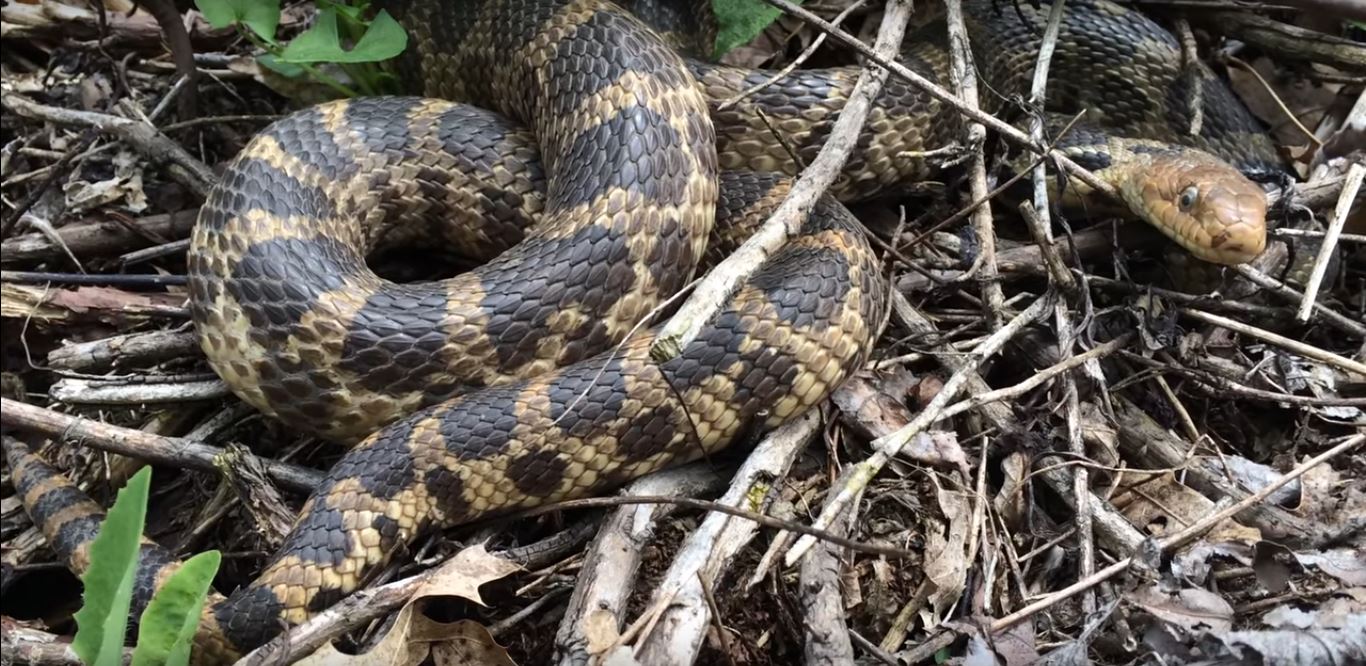Do Snakes Have Bones?
Snake is from the reptile family of animals, having more than 3400 species, found in almost all parts of the
world except Antarctica, some parts of Northern Europe like Iceland and some areas of New Zealand. It has both
venomous and non-venomous attitudes hence are dangerous as well as neutral towards other species of Bellingham animals. It
is the animal found in abundant no of species and is found on ground as well in sea especially in Indian and
Pacific Oceans.

Size of Washington snakes varies from 10.5 cm to 6.95 m whereas fossils of a 42 feet snake were also found having a history of
nearly 170 million years old. Snakes are having a flexible body with which they can have their travel for prey in
dangerous areas and they can even swallow prey of bigger size.
The Bone Structure of Bellingham Snakes
With respect to the species and size, snake can have 300 or more bones but contrary to other animals they only possess
backbone, jawbone and skull. The stretchy backbones of snakes are made of vertebrae and ribs while jawbones and skulls
consist of teeth. There are two ribs joined with each vertebrae but tail has no such thing. Bone formation end on both
rear and front and allow litheness but prevents slithering from position.
Snake's bones have free ends which expand when large prey is gulped while some species of Washington snakes squeeze during swallowing
up prey just as Cobra while a boneless breast also helps in engulfing and digesting prey. Jawbones are attached with skull.
Jawbones help the snake to grasp big prey. Four other jawbones are also there in snake's mouth which has movements in
horizontal and vertical direction; lower jaws help in swallowing while front jaws stretch and expand in such a way those
they allow the prey to come in mouth in slight and walking manner. The bigger Bellingham snakes have hind legs which are also known
as pelvic spurs; they are bigger in males while smaller in females.
Fangs which are part of skull in Bellingham snakes are an important feature in venomous species of snakes. As regard fangs snakes are
divided into three groups; fangless, back or rear fanged and front fanged. In skull different kinds of bones are present.
These bones are anterior bones and the parietal bones like in vipers, nasal bones, the pre-frontal bones, pre-maxillary
bones, palatine bones etc. Ribs which are joined to vertebrae in the form of pairs long, movable, curved but they have
small tubercle at foundation, while the last ones are branched. Vertebrae of a normal snake have normally eight joints
in addition to a cup and ball joint at the Centrum. Finally, in bigger snakes like Boas and Pythons a long Ilium with
lower branch is present with short bones named femur, pelvic spur and cloaca while a single bone named Typhlopidea is
present on each side of this. From here it is evident that Washington snakes do possess bones but they quite differ in geometry
and size regarding their species.
Visit our Bellingham wildlife control home page to learn more about us.

